Bridge To A Cure’s reimagined approach to childhood brain tumor cancer was presented to the National Cancer Institute on October 5, 2017. The core imperatives driving the approach are:
- Data: Fuel a robust, multiomic brain tumor data ecosystem shared freely among all researchers globally.
- AI: Employ generative AI (artificial intelligence) throughout the research process.
- Nontoxic Treatments: Develop nontoxic treatments that target pediatric brain tumor cancer cells via the immune system, angiogenesis or apoptosis.
Thanks to NCI’S support and advocacy, this approach has been enthusiastically embraced by the broader pediatric cancer community, with our partners at the Children’s Brain Tumor Network (CBTN) leading the pack.
The team at CBTN, led by Dr. Naqvi, leveraging data and AI has successfully found a solution to targeting tumor cells without harming normal brain cells. This was just published by the Cell Report, a prestigious research journal that publishes meaningful breakthroughs that the entire research community has open access to.
Scientists studying aggressive childhood brain tumors (pediatric high-grade gliomas, or pHGGs) face a problem: there aren’t many unique “flags” on the tumor cell surface that can be targeted by treatments without harming normal brain cells.
To find new treatment targets, researchers looked at the differences in how cancer cells and healthy brain cells read and edit genetic instructions. They noticed that in tumor cells, some tiny bits of genetic code—called microexons—were missing from certain outer-layer proteins. Many of these proteins help nerve cells connect and talk to each other, including one called NRCAM.
NRCAM is a protein that sits on the surface of nerve cells and acts like Velcro, helping them stick to and communicate with each other so the brain’s wiring works properly.
In nearly every tumor sample tested, two specific microexons (numbers 5 and 19) were missing from NRCAM. This altered version of NRCAM wasn’t just different—it was critical for the tumor’s ability to spread and grow. When researchers made an antibody that specifically recognized this altered NRCAM, they could “mark” the tumor cells. Then, specially engineered immune cells were able to find and destroy them.
This discovery suggests that the altered form of NRCAM—and possibly other similar proteins—could be highly precise targets for new cancer treatments that train the immune system to attack only the tumor cells.






